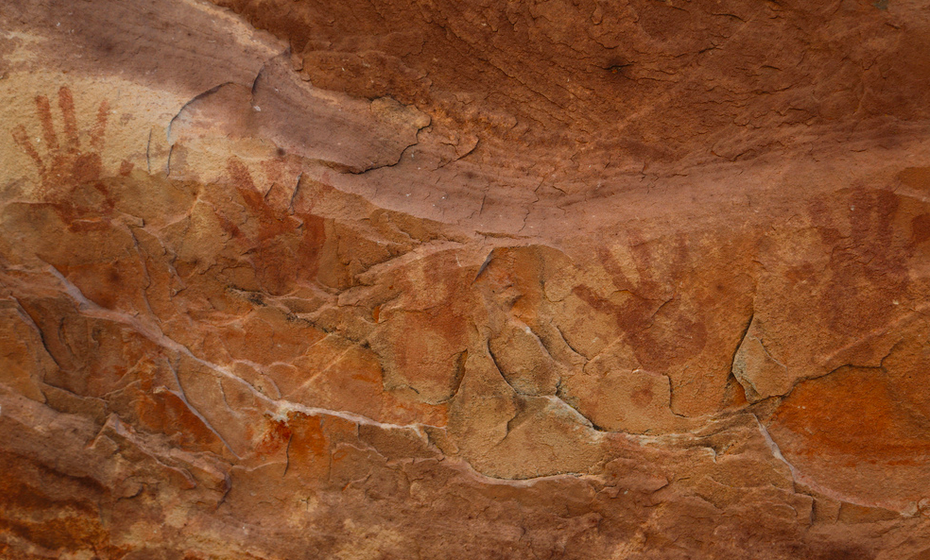Walking in Two Worlds
The biggest challenge is negotiating two distinct cultures. The federal government culture is heavily dependent on individual achievement and competition. I was raised in a Native culture with emphasis on group success and cooperation. Individual progress was measured on how well the group fared. One person’s good fortune should cause everyone’s boats to rise. No one was left behind because the group’s welfare was based on cumulative personal achievement. If a Tribal member is hurting, then the entire Tribe is hurting.
Low Engagement
I actually lose sleep about this issue of American Indian/Alaska Native employees having the lowest satisfaction and commitment rankings among all racial groups in the federal government. While I realize that there are many complex and longstanding factors that contribute to this dis-engagement, I worry that low levels of commitment and satisfaction among American Indians/Alaska Natives sends a signal that the federal government may not have the best interests of people like me in mind.
Pressure to Represent
I am frequently asked to represent American Indians/Alaska Natives at various events, in an advisory capacity or as a technical consultant in the federal government. While this type of attention can be flattering, it is actually a little disconcerting that if I make a mistake in this role that it may impact the future of others like me in the federal government.
Privilege
I do not relish the benefits of privilege enjoyed by employees in dominate groups in the federal government due to my membership in a subordinate group. This lack of privilege is on display when I seek information or feedback on American Indian/Alaska Native issues in the federal government and in turn, get labeled as needy or incompetent. On occasions when I make a complaint or seek justice about American Indian/Alaska Native issues, my group membership is often called into question.
Allies
American Indian/Alaska Native employees need allies in the federal government as we struggle to reach our full potential. You can help in this effort. Mentor a Native employee or intern. Become curious about the differences Native employees bring to the workforce and create more training opportunities on these issues. Promote and develop a deserving employee from this group. Work on these concerns year round beyond November’s American Indian/Alaska Native Heritage Month. Let’s commit ourselves to the creation of an federal workplace that leaves no employee behind, particularly those from Indian country.
Photo from Flickr user Don McCullough
Disclaimer: This blog is written by Richard Regan in his personal capacity. The opinions expressed here are the author’s own and do not reflect the view of the Internal Revenue Service, or the United States government.





Leave a Reply
You must be logged in to post a comment.